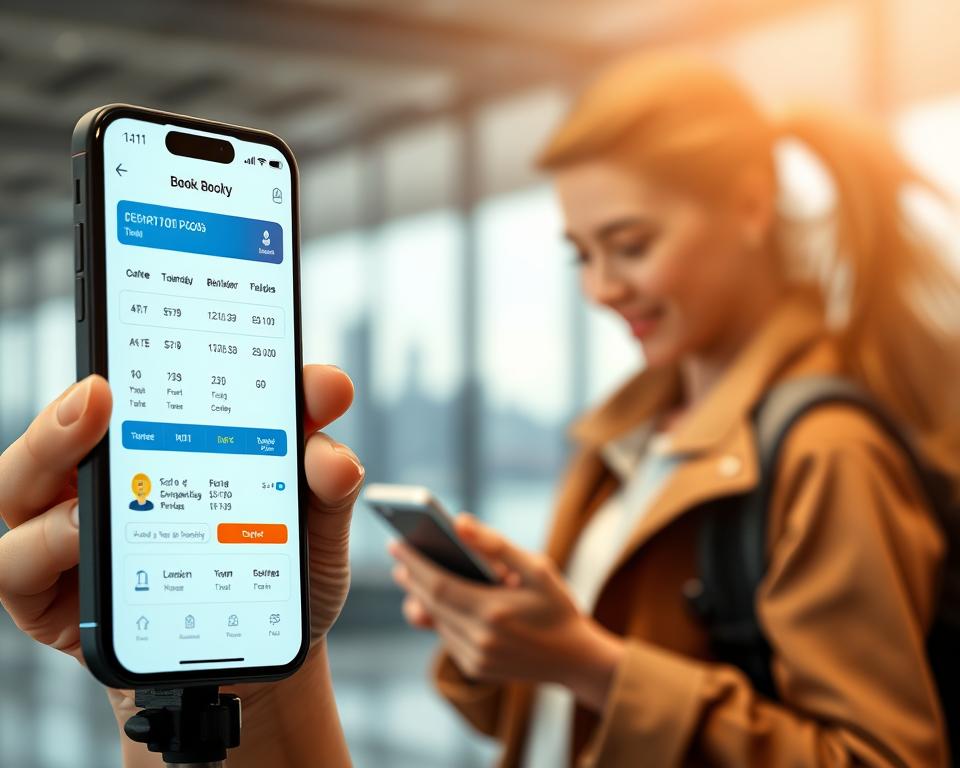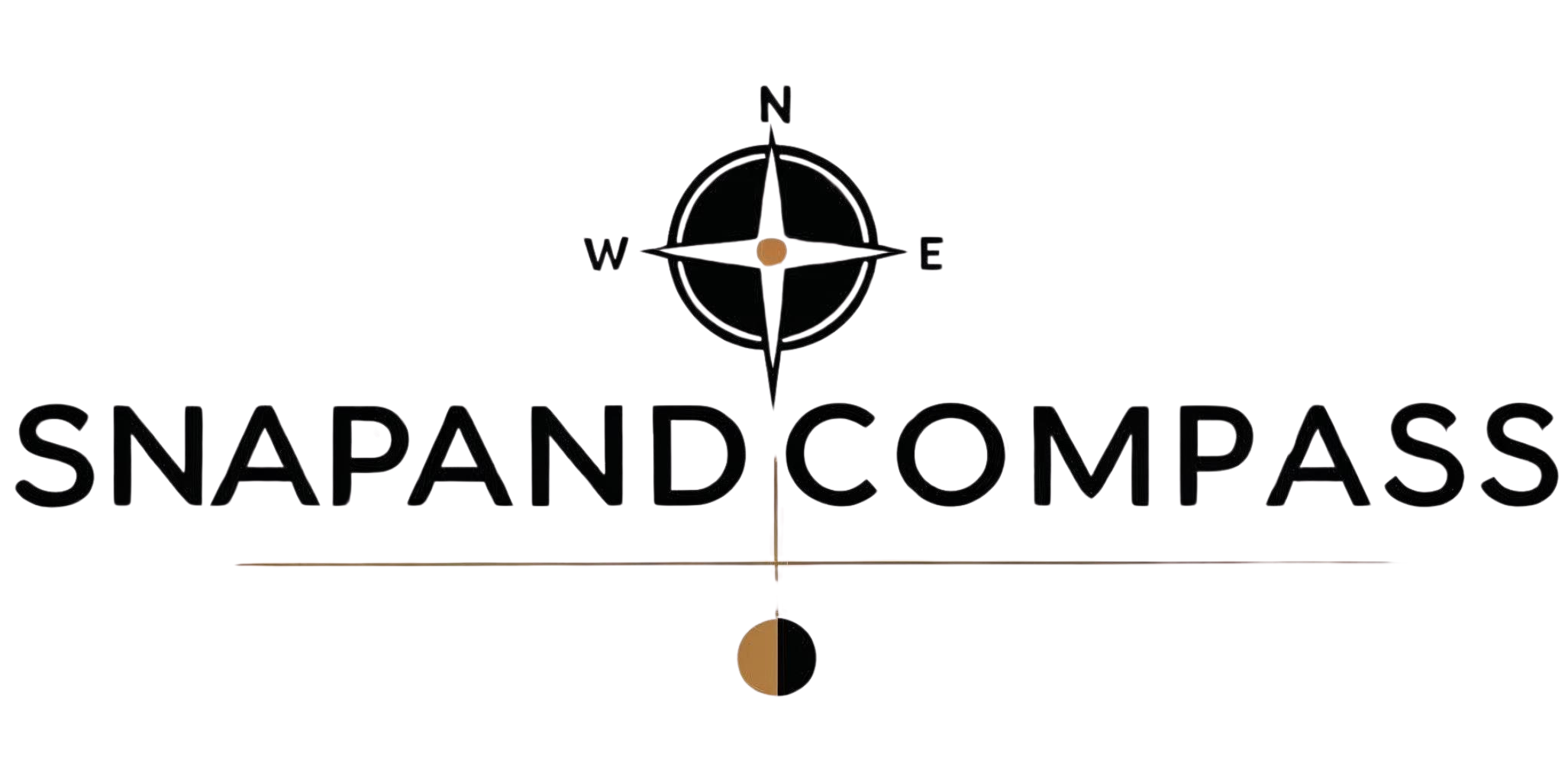Can you set up a live booking loop and meaningful customer touchpoints in the time it takes to drink your coffee?
This short guide helps U.S. businesses, DMOs, and experience providers move from idea to action in one focused sprint. You will use a simple, modern toolkit that saves time and keeps customer expectations central. It leans on proven features like real-time availability, buffers, pooled routing, and automated reminders to reduce scheduling errors.
The setup centers on scheduling, video, chat, and a single account so your teams can handle first contacts faster. We highlight privacy basics, consent choices, and operational standards that build trust without lengthy training.
Expect clear next steps you can measure tomorrow and scale later. This educational guide shows practical moves you can complete in about thirty minutes to improve customer experience and protect your time.
Introduction: Your 30‑Minute Sprint to Smarter Travel Operations
apply travel tech 30min is built for teams that need quick wins in tourism design and marketing.
In today’s tourism market, quick digital touchpoints turn casual interest into confirmed visits. This short guide is educational and current. It shows what to do in one focused sprint.
Why this matters
- Travel demand is dynamic. Fast setup converts interest into action for a single team and cross-functional teams.
- In about a half hour you’ll set core scheduling, link your video platform, enable email nudges, and add a clear call to action that fits visitor needs.
- The stack respects basic privacy policy and common security expectations so visitors know how data is handled.
Who this helps
- U.S. organizations — DMOs, boutique agencies, lodges, and tour companies that run lean but value customer experience.
- Companies that already use Google Calendar, Gmail, Microsoft Outlook, and familiar video services. Calendly offers easy embedding and admin controls for consistent security across organizations and teams.
What you’ll accomplish
You will reduce manual work during the day and focus on the job that matters. By the end, travelers get faster confirmations and your business keeps clean records in a single platform.
Set Your Goal and Gather Essentials in Five Minutes
Start by naming the single job you want this sprint to solve. Keep it one sentence so everyone on your team knows the expected experience.
Core checklist for five minutes:
- State the job in one short line (for example, “qualify new trip inquiries”).
- Create one central account for scheduling to control branding, rules, and ownership.
- Choose calendar and video options: link Google or Microsoft calendars and pick Google Meet or Microsoft Teams for one-click video.
- Turn on chat capture and route messages to the owner of today’s program.
- Select one meeting template (15 or 30 minutes) and include a short phone field for urgent updates.
Write a five-line policy that covers who books, time windows, buffers, and reschedule rules. Add a brief data note on the form that points to your privacy page.
Use Calendly templates or its browser extension to share the link via email and chat immediately. Confirm the meeting appears in both your calendar and the customer’s calendar to prevent double booking.
Instant Scheduling That Works Across Teams and Customers
Get a booking page live fast and share it everywhere your customers look. A short, shared booking link turns interest into action. Publish it in your site header, landing pages, and email signature so people can reserve time immediately.
Stand up the page and connect calendars. Link up to six calendars to present one real-time view of open slots. This prevents double bookings and gives teams a clear shared view.
Automate reminders and follow-ups. Turn on confirmation emails, 24-hour reminders, and 2-hour follow-ups. Add SMS for urgent itineraries and include one-click video options (Zoom, Google Meet, Microsoft Teams) in each meeting invite.
- Embed the scheduling widget on tour or destination pages to increase website bookings and capture intent.
- Use pooled availability to route high-value customers to the right specialist and reduce manual triage.
- Keep a single account with admin rules for buffers, daily limits, and cancellation windows to protect staff time.
“Companies that embed live booking see clearer results and fewer scheduling errors.”
Sync Video, Calls, and Team Views for Faster Customer Meetings
Make booking links do the heavy lifting so your team can focus on the job that matters.
Quick steps to connect tools
- Link Calendly to Zoom, Google Meet, or Microsoft Teams so each booking creates a one-click video link and calendar invite with the correct time zone.
- Offer a phone option in the form and add clear backup numbers in the confirmation email for customers who prefer voice.
- Add 10–15 minute buffers before and after meetings to protect prep time and respect distant time zones for employees.
- Create event templates: 15-minute discovery, 30-minute trip review, and vendor calls to cover a practical range of needs.
- Set standards for screen sharing, document links, and recording so the program stays compliant and useful.
- Include a short agenda in the invite to align on the desired outcome and the fit of solutions to customer needs.
“Let one owner manage each template so updates roll out cleanly across teams.”
apply travel tech 30min: Data, Privacy, and Cookie Consent Basics
Start by making your consent banner clear so visitors know which cookies keep things working and which ones are optional.
Set consent banners that explain necessary, functional, and marketing cookies
Necessary cookies enable core tasks and do not store directly identifying information.
Functional cookies support share buttons and third‑party helpers that improve the booking experience.
Analytical and performance cookies count visits and traffic sources so you can improve content and service.
Marketing cookies are opt‑in and may show relevant ads from partners. Other uncategorized cookies should be listed too.
Offer clear opt‑out choices and link to your privacy policy and terms
- Provide visible links to your privacy policy, terms, and cookies notice so customers can check sources.
- Give an easy opt‑out for non‑necessary categories and confirm the choice on screen to build trust.
- Make sure the banner works on mobile and desktop and does not block scheduling.
Limit data to what you need; align with your organization’s security standards
Ask only for the fields required to do the job: name, email, phone, dates, and simple preferences.
Document how meeting details are stored and for how long, and review settings quarterly to match product or policy changes.
“Clear consent and minimal data build customer trust and protect your operations.”
Quick Wins in Tourism Marketing, Booking, and Content
A focused “book now” link on high-traffic pages converts interest into a real conversation fast. Place that button on itineraries, destination pages, and in your email footer so intent becomes an immediate lead.

Add a “Book a call” button to itineraries, destination pages, and emails
Keep the label simple: “Book a call — 15 minutes.” That one-liner tells customers what happens and how long it takes.
Qualify inquiries and route messages to the right team
Use embedded forms and chat to capture origin (site, social, or email). Then route messages with pooled availability so the correct team or employee gets the lead.
Create a same‑day “trip fit” consult
Offer a short, same‑day consult to confirm needs, budget, and dates. This protects your business and creates a better customer experience.
Use meeting recaps to capture action items
Send a short recap email after every call: decisions, next steps, and deadlines. Clear recaps reduce follow-up work and increase trust.
Real examples and quick tactics
- DMOs: add partner office hours for local companies and stakeholders to streamline first contact.
- Boutique agencies: pre-load platform fields (group size, budget) to speed proposal work.
- Tour companies: share a phone-friendly booking link via SMS or Instagram for same‑day slots.
“A clear booking button on content pages will increase conversions and reduce manual triage.”
Measure Results and Plan Next‑Day Improvements
Open a short dashboard each morning to see how bookings, attendance, and response time moved overnight.
Start with the core data that tells you whether your program is working. Look at bookings created, attendance rates, reschedules, and response time for a clear view of results.
Use what you find — compare which pages and campaigns drive most booking activity so you can place links where they help most.
- Monitor employees and teams workload by checking distribution across time windows; then adjust buffers or hours.
- Track meeting outcomes and no‑show reasons on a simple dashboard so you can tweak forms or reminders that will help.
- If companies or segments show low attendance, test a different reminder timing or a shorter meeting length the next day.
- Add one urgency question so the program routes time‑sensitive requests faster and gives customer priority.
Keep management simple: standardize two or three event types, retire low performers, and document one improvement per day. Catalog anomalies like double‑booking or sync issues and fix them before you scale.
“Small, daily changes create faster gains: teams that track trends see better customer experience and fewer errors.”
Conclusion
Finish by grounding this sprint in clear daily habits that protect staff time and lift customer service. Keep the focus on the single job you set and refine one small thing each day.
Use your best content and the same platform link across pages. Offer multiple ways to connect — video, phone, or a short form — so visitors choose what fits them.
Maintain a short policy and revisit it monthly. Check official sources like state tourism boards, parks services, or embassies when guidance is needed.
Every experience is unique: treat this program as a starting point, respect privacy choices, and track simple results so your team can improve steadily.



